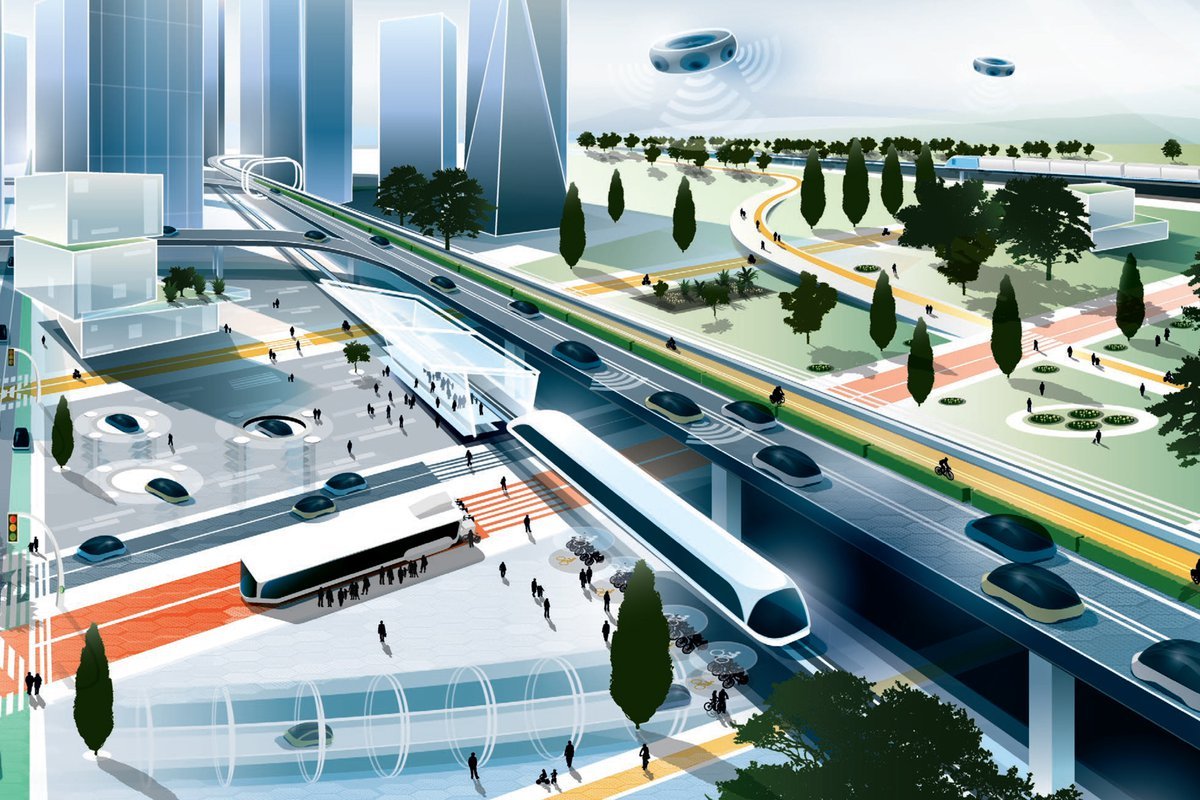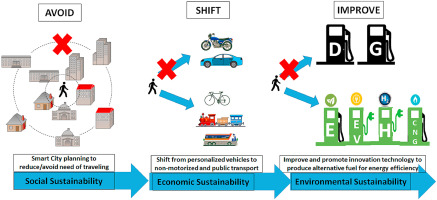In the intricate web of urban life, transportation serves as its connective tissue, facilitating the movement of people, goods, and ideas. However, as cities burgeon and populations swell, the strain on transportation infrastructure becomes palpable, leading to congestion, pollution, and inefficiency. To navigate these challenges and pave the way for a more sustainable future, urban mobility must be at the forefront of transportation planning initiatives.
Understanding the Urban Mobility Conundrum
In many bustling metropolises, the daily commute has transformed into a grueling odyssey characterized by traffic gridlock and endless delays. This not only chips away at productivity but also contributes significantly to carbon emissions and air pollution, posing a threat to public health and the environment.
The Role of Transportation Planning
Transportation planning emerges as a beacon of hope in this scenario, offering a systematic approach to alleviate urban mobility woes. At its core, transportation planning involves the strategic coordination of various modes of transportation, infrastructure development, and policy implementation to enhance accessibility, efficiency, and sustainability.
Key Elements of Effective Transportation Planning:
1. Multi-Modal Integration: Embracing a diverse range of transportation options, including public transit, cycling lanes, pedestrian walkways, and ride-sharing services, promotes seamless connectivity and reduces reliance on single-occupancy vehicles.
2. Infrastructure Investment: Robust infrastructure forms the backbone of urban mobility. Investing in the expansion and modernization of roads, bridges, railways, and transit systems not only enhances efficiency but also lays the groundwork for future growth.
3. Technology Integration: Leveraging cutting-edge technologies such as smart traffic management systems, real-time navigation apps, and electric vehicles fosters innovation and improves the overall efficiency and sustainability of transportation networks.
4. Sustainable Practices*: Prioritizing sustainability in transportation planning involves promoting the use of eco-friendly modes of transportation, such as electric vehicles and bicycles, and implementing policies to reduce emissions and mitigate environmental impact.
5. Community Engagement: Inclusive planning processes that solicit input from residents, businesses, and community stakeholders ensure that transportation initiatives are tailored to meet the unique needs and preferences of the local population.
Case Studies in Urban Mobility Transformation
Curitiba, Brazil
Renowned for its innovative Bus Rapid Transit (BRT) system, Curitiba exemplifies how strategic planning and investment in public transit can revolutionize urban mobility. By prioritizing dedicated bus lanes and implementing an integrated fare system, Curitiba has significantly reduced congestion and improved accessibility for its residents.
Copenhagen, Denmark
Copenhagen’s embrace of cycling as a primary mode of transportation underscores the transformative power of sustainable urban planning. Through the development of extensive cycling infrastructure, including dedicated lanes and bike-friendly policies, Copenhagen has emerged as a global leader in promoting active transportation and reducing reliance on cars.
Conclusion: Paving the Way Forward
In the face of mounting urban mobility challenges, effective transportation planning emerges as a beacon of hope, offering a roadmap to a more sustainable and accessible future. By prioritizing multi-modal integration, infrastructure investment, technological innovation, and community engagement, cities can navigate the complexities of urbanization and forge a path towards a more connected, efficient, and livable urban landscape. As we look to the future, let us heed the lessons of successful transportation planning initiatives and commit to building cities where mobility is not a hindrance but a catalyst for progress.





